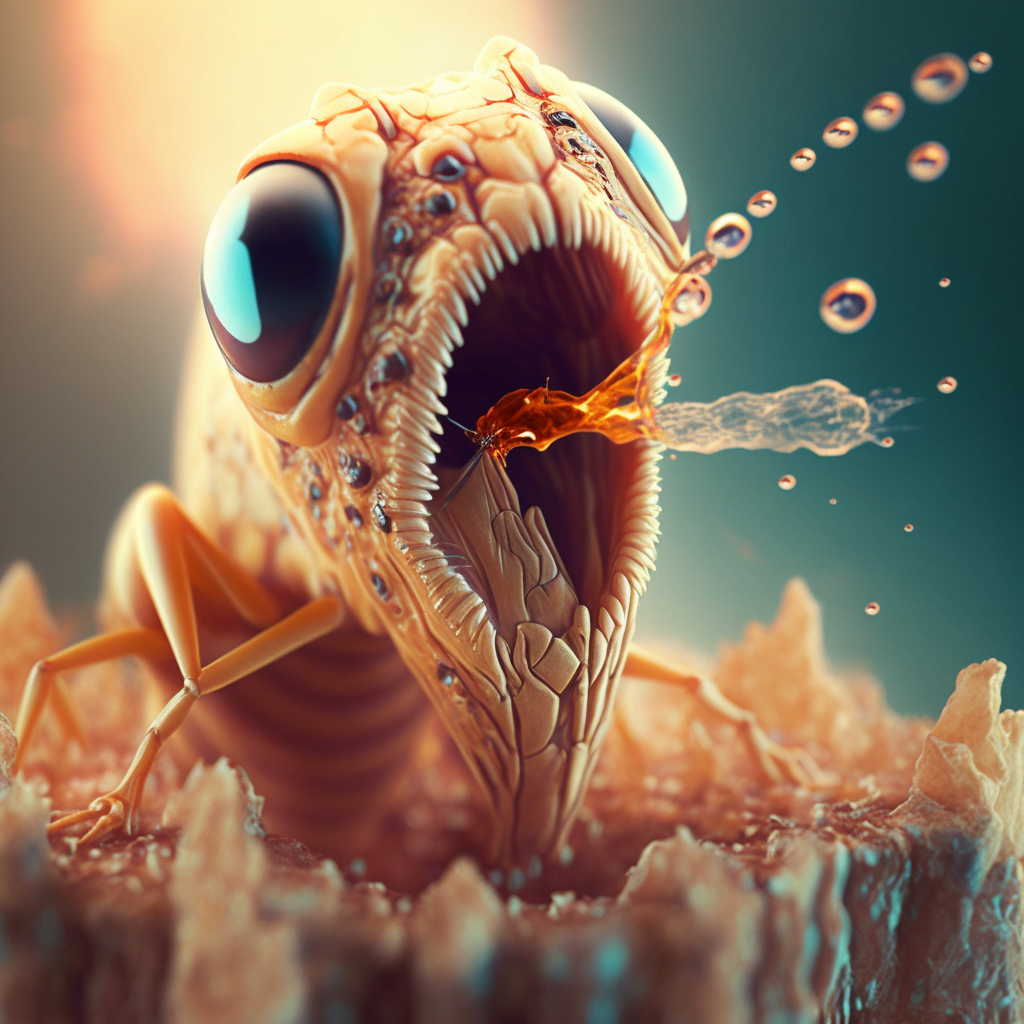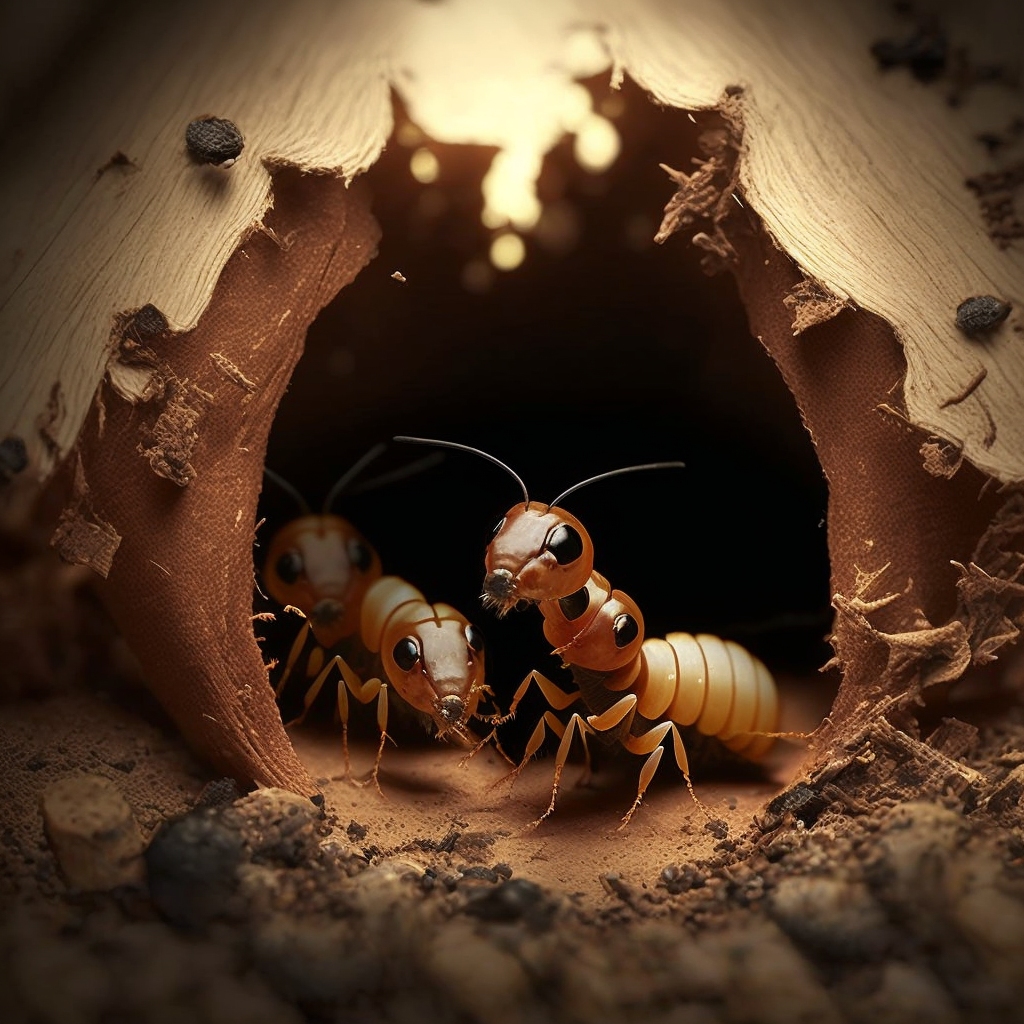How Big are Termites?
Termites can cause a lot of damage to your home or any other property. Even though this is common knowledge, some people still have trouble finding termites.

People often think that the size of all termites is the same.
If we make this mistake, we might blame another troublesome pest for an infestation.
This can be a big error, since termites are one of the most annoying and destructive bugs on the planet.
Because of this, it helps to know how to deal with them the right way. So, this article will talk about the sizes of termites in detail.
Subterranean Termite Size

Most of the termites in the lower 48 states (Alaska doesn’t have termites yet) are underground worker termites that can be as short as 1/8″ but can grow to be up to 1/4″ or even 3/8″ long.
The soldiers that are found with these underground termites will be a little bit longer, while the queens and kings that reproduce will be over 34″ long.
These measurements don’t include the wings or the lengthening of the queen termite’s abdomen, which gets quite long when the queen is making a lot of eggs. This kind of belly could be more than 2″ long and 12″ wide or even bigger.
The queen will be in a separate part of the nest, and you won’t be able to see her unless you take the nest apart carefully.
Formosan Subterranean Termite Size
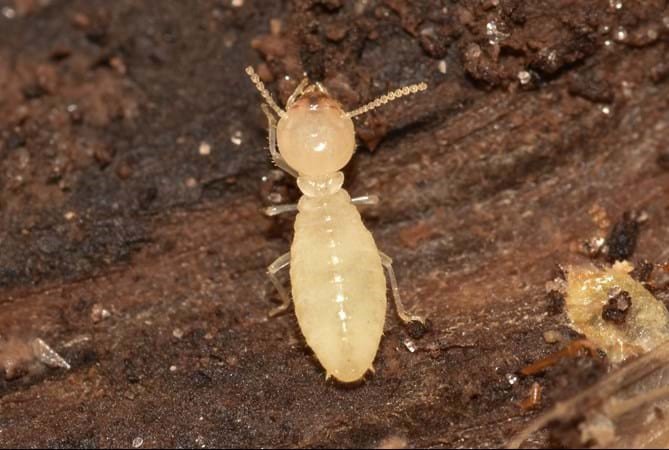
Formosan subterranean termites are 10–20% bigger than domestic subterranean termites, but in other ways they are the same.
Most of the time, the nests of Formosan termites are bigger, and their territories are bigger, too.
Drywood Termite Size

Drywood worker termites are about 3/8″ long when they are fully grown, but they may continue to grow as they learn how to reproduce.
Again, the kings may be longer than half an inch, and the queens will be even longer because of their large egg-making bellies.
But the queens of drywood termites will never get as big as the queens of dampwood termites or even the queens of subterranean termites.
Dampwood Termite Size
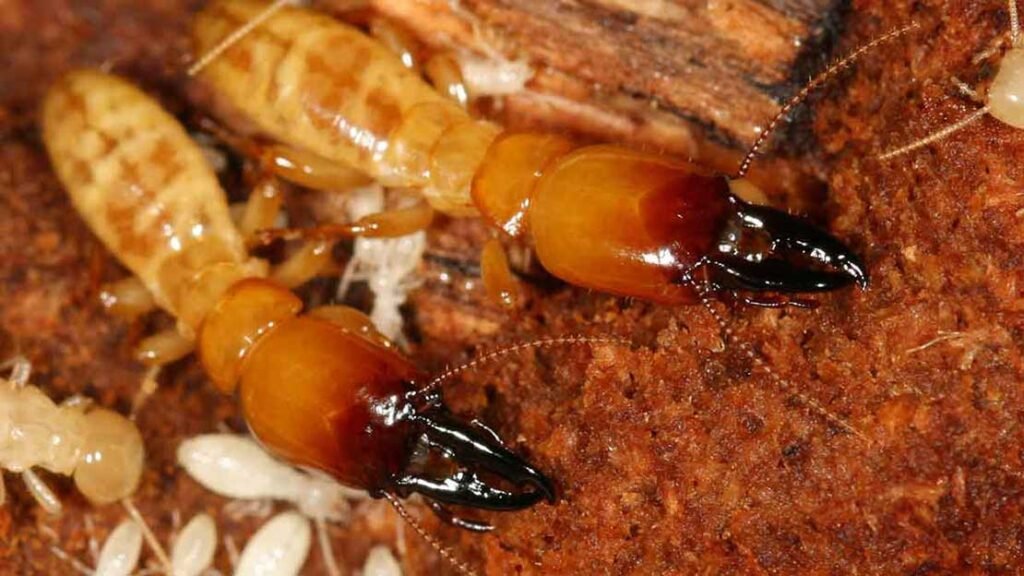
Dampwood termites, which live in the rainy forests along the Pacific Coast and in Southern Florida, are the biggest termites in the United States.
Most of these species have workers and soldiers that are between 1/2 inch and 5/8 inch long when they are fully grown.
Termite Queen

Last, compared to the other termites in the colony, the queen is very big.
Her head and torso are about the same size, but her stomach can be an inch long.
On the queen’s abdomen, you can see two dark brown lines that help you figure out who she is.
Physical Appearance Of Termites
The type of termite and the caste of that type of termite both affect how the termite looks. This includes differences in height, color, body shape, and other similar things.
Termites look like most other insects because they are in the same family. They have two antennae, a head, body, and thorax that are all separate parts, and six legs.
Termites can have antennae that are straight or antennae that are bent. The antennae are not smooth; instead, they look like a small stack of balls.
Two of the legs are connected to the thorax, and the other four legs are also connected to the thorax.
The same is true for termites. The way people look is also affected by this system of castes. Workers, swarmers, soldiers, and, last but not least, the queen make up the termite caste system.
In a colony, worker termites make up most of the population. The worker termites are easy to spot because their bodies are thin and see-through. Their heads are much smaller than the rest of their bodies, which makes them look like water droplets.

Soldiers are the first line of defense in colonies, just like their name says. If something bothers a termite colony, it is this type of termite that is the first to be seen. The soldiers’ heads are dark brown, and their jaws are also brown and very strong.
Termite colonies that have swarmers or alates are full grown. They are male and female offspring that the queen makes when the nest is ready.
This is called the alate stage, and it is when the females and males mate.
Swarmers come in different colors, but their wings are the most recognizable part of their bodies. The wings of alates tend to be bigger than their bodies.
Because the swarmer has wings, this species is usually about 0.38 inches (0.95 cm) long.
How Big Are Termites Compared To Other Insects?
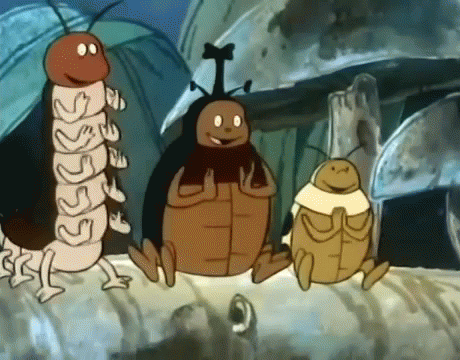
Termites look like other animals, like ants that can fly. A termite can be anywhere from a quarter of an inch to an inch long.
They are about the same size as an ant, but bigger than beetles and bees that look the same. People often mistake termites for flying ants.
The carpenter ant or flying ant looks a lot like flying termites. The difference is in the shape of the wings and the antennae.
The antennae of termites that fly are straight, but the antennae of carpenter ants are bent.
The two species are about the same size range, between 1 in (2.5 cm). Compared to some other bugs, termites can be bigger.
Powderpost beetles, for example, can be at least 0.25 inches (0.63 cm) long.
The length of an acrobat ant is 0.12 inches (0.32 cm).
The size of a carpenter beetle is similar to that of a termite.
Adult termites are easy to spot, but larvae are impossible to see because they are so small. Termite eggs are the same way.
To find the eggs and larvae, you need to have a trained eye.
Conclusion
Termites can change a lot in size over the course of their lives. From when they were eggs and larvae to when they die.
Because they are about the same size and color, they are often mistaken for ants or other similar creatures.
Even just looking at the size of the termites in your home can tell you a lot about the type of termites you have.
If you find termites in your house, you’ll have to act quickly to get rid of them. Even though termites are small, they can cause a lot of damage to your home if they get in.
With this in mind, it can be very helpful to know how big your termites are.
When you’re trying to get rid of a termite colony, it can save you a lot of time if you know what kind of termite you’re dealing with.



